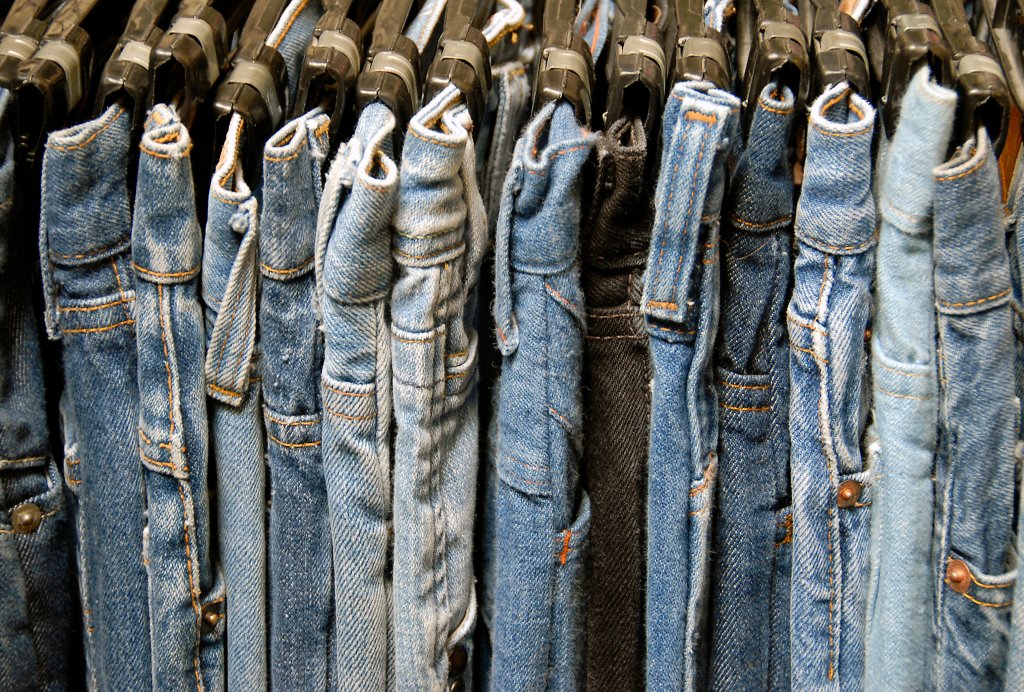
Through insightful panels and presentations, this summit explored the ways in which policy is progressing sustainability within fashion retail, as well as new innovations and best practices already being adopted. The key takeaway was the importance of collaboration within the industry and Governments. Here’s a rundown of what was discussed.
Regulation - EU vs UK: What’s going on across the channel?
Reconomy
“EU isn’t just acting on sustainability, it is writing the rule book”
Aimee Campanella highlighted the status of various textile policies around the world but homed in on Eco Design for Sustainable Products Regulation and Textiles EPR. She also spoke about Digital Product Passports, and how this data will both help regulators as well as build consumer trust and demonstrate accountability. Aimee noted that the EU is not just driving legislation, it is writing the rule book as it seeks to push for transparency in supply chains and combat over-production. Aimee warned attendees that with textile becoming an increasing priority in the UK, early preparation is key to be in strongest position when policy systems go live.
Key policies: Eco design, digital product passports and ban on destruction of unsold goods
Key milestones: July 2026 – ban on destruction of unsold goods, 2027 – DPPs for textiles, by April 2028, textile EPR systems must be fully operational for all member states of EU
H&M on European perspective on regulation
H&M spoke about their first sustainability report back in 2002. It has enormously evolved since then but has kept H&M accountable and their investors informed. H&M are on track for all the Science-based 2040 targets. They stressed how vital progress, legislation and action are for the industry to make tangible progress in sustainability space.
M&S on UK perspective on regulation
“Don’t wait for legislation, keep moving”
Katharine Beacham of M&S stated that durability is a core focus, and M&S are continuing to innovate with new initiatives and brand partnerships, for example, resale schemes. They are already testing products against eco-modulation fees. M&S stressed that we must not wait for legislation, we must get ahead and that collaboration across industries will make the core difference.
Panel: How can the industry drive innovation?
With panellists from H&M, Reconomy, M&S and BRC, this panel explored the progress in adopting circular business models across the fashion industry and the key role of Extended Producer Responsibility (EPR) for Textiles in driving progress – and aligning efforts – across the UK and EU.
Key points:
Data, preparation and collaboration are key
Important to make business case to implement sustainable practices within a company
Assess where gaps currently lie and take action
Harmonisation is key - textiles EPR in the UK must align with the EU system.
What else we need from tEPR?
Government must work with the fashion retail industry to ensure the scheme is designed in a way to respond to the needs of retailers, and drive change. Eco-modulation fees must be ringfenced for the recycling infrastructure in the UK.
What’s next to drive innovation?
Decarbonising the supply chain and working with the national grid.
Call to Action:
It is vital for individual retailers to lend their voices to lobbying efforts.
It is also vital to support smaller design brands who have less resource. It is therefore important to create forums and spaces for retailers of all sizes to share best practice and learn from one another.
Seasalt: Delivering circularity from a brand perspective
Seasalt discussed progress made within their ESG team, recently obtaining B Corp certification. They highlighted their new partnerships, their focus on natural fibre products which use recycled cotton and linen. She spoke about new initiatives, such as taking their best-selling products and remaking them entirely from denim waste. They are focused on circular collaboration, data sharing, industry advocacy, internal education, and creating a new generation of fibres.
Circulose: Embracing new materials
Circulose is a new material made from a pulp by “recovering cellulose from worn-out clothes and production scraps … it replaces the use of virgin materials such as wood pulp or cotton”*.
Circulose are striving for the quality of this converted fibre to be on par with virgin viscose. When creating new materials, it is vital that you actually plug a gap in the value chain. Circulose works with major retail brands, most recently M&S. M&S spoke about how important it is to educate those holding the purse strings within businesses on these issues to get them on board.
*From Circulose website
Oxfam: Charity reuse and the circular economy
Oxfam spoke about the role of charities within circular fashion. Oxfam are working with brands on resale, repairing and upcycling. They are laser focused on supporting workers rights in supplier regions. They spoke about how they’ve made their stores, warehouses and delivery trucks more energy efficient, are reducing waste, and building greater transparency.
Panel: How can the industry drive innovation?
With panelists from Seasalt, Circulose and Oxfam, this panel explored how brands can successfully innovate.
Key points:
Be bold
Internal buy in is vital - senior leaders must be passionate about driving sustainable practices so that it sits centrally within strategic priorities. This makes teams passionate and engaged, as well as partners.
Resale schemes need to deliver a commercial benefit to both brands and charities.
What’s next?
The BRC published BRC's Governing Principles for a UK Textiles EPR and they are keen to push this agenda forward with Government.


